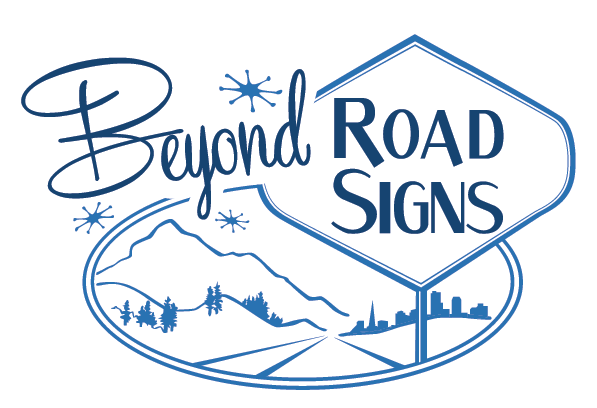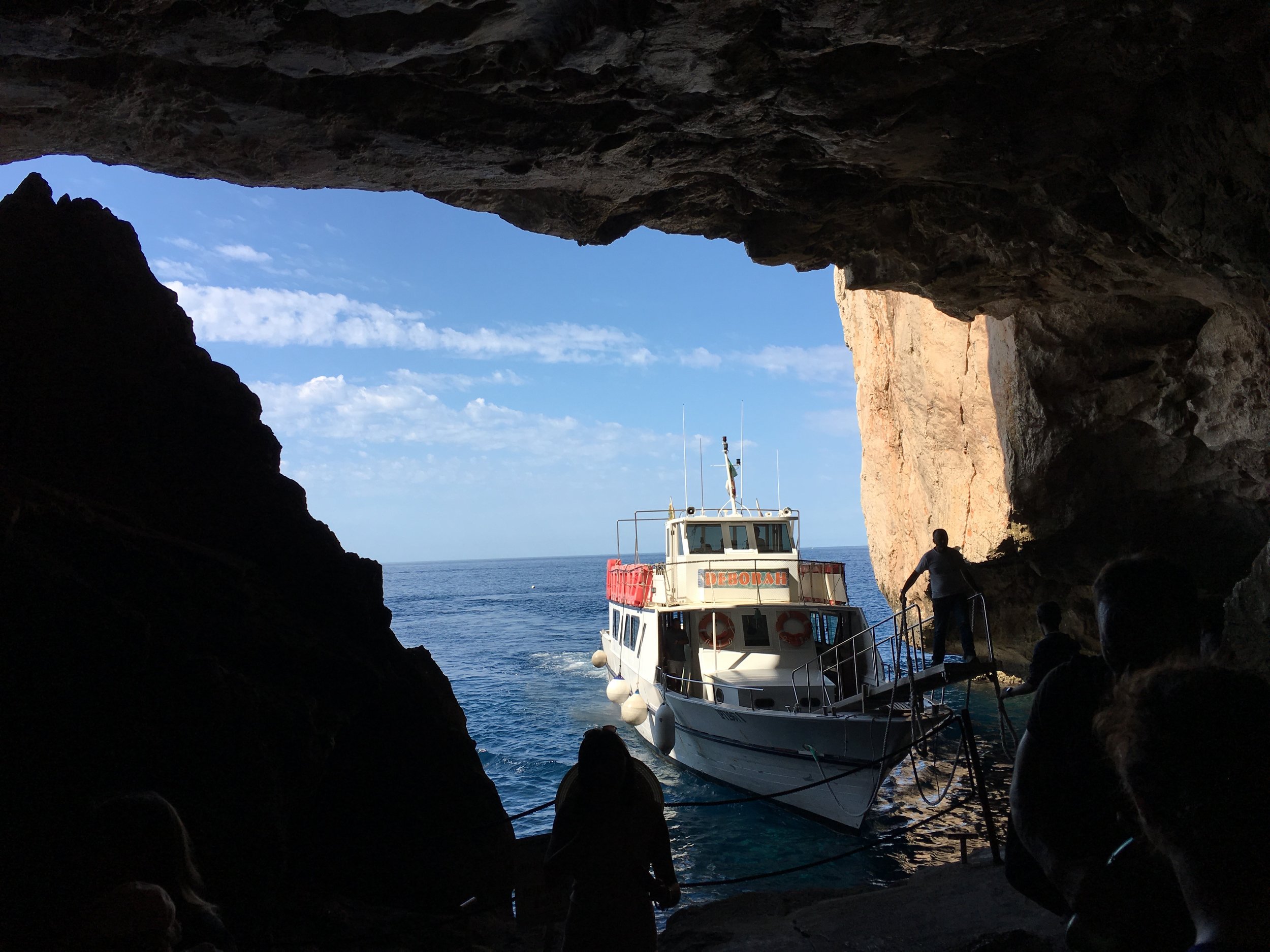Sardegna (Sardinia), an Autonomous Region of Italia (Italy)
/There are 7,000 Nuraghi, or Nuraghic ruins throughout Sardinia. Their distinctive, cone-shaped stone towers dot the countryside. (Photo by Relentless Traveler.)
A recent trip of mine included five days in Sardinia. Sardinia, like Sicily, was once a separate kingdom (country), included in the unification process that culminated with the fall of Rome on the 20th of September, 1870. Anyone who has traveled to multiple cities in Italy, has certainly noticed the proliferation of major streets throughout named XX Settembre, marking that date.
I started out in Cagliari (the ‘G’ is silent), and ended in Alghero (that ‘G’ is not). Both cities are more touristy from my perspective, and of lessor appeal to me. Cagliari is known for the Castello area, while Alghero is know for its ramparts and bastions. While I enjoyed both cities, briefly, sites related to Sardinia’s earliest history were more of interest.
Sardinia’s history includes occupation and/or invasions by the Phoenicians, Carthaginians, Romans, the Vandals (Germanic barbarians) and Arabs, and included 400 years of Spanish rule. Remnants of the various cultures can be found throughout Sardinia. At one time, Sardinia was considered to be one of the seven African provinces of the Eastern Roman Empire. Some of the art and crafts in Sardinia seem to have an African influence.
There is archeological evidence that Sardinia was occupied as early as 150,000 BC, but began to be settled around 9000 BC. An early people, accounting for many worth-seeing sites and ruins throughout Sardinia, was the Nuraghic civilization, which existed from 1800-500 BC.
Supposedly there are 7,000 Nuraghi, or Nuraghic ruins throughout Sardinia. Their distinctive, cone-shaped stone towers dot the countryside, with major preserved settlements being destination points. Some include tours and interpretive information. The Su Nuraxi di Barumini, north of Cagliari, and the Holy Wells of Paulilatino were the most remarkable in my opinion. These towers were both dwellings and fortresses. Especially remarkable was finding that the towers were multi-room and multi-level with original main towers connected to form an original fortress. Not so different than our own urban sprawl, these settlements grew outward from the original towers to include individual dwellings and walled fortifications.
The climb back up from Grotte di Nettuno is really strenuous, but spectacular.
Tharros, near Oristano on the west coast, represents another civilization and period, the Phoenicians, beginning in the late 8th century BC, and growing into a prosperous port. The site includes Spanish, Roman and Corinthian ruins that mark the various occupants through the 4th century AD.
Driving zig-zag through Sardinia to cover my wishlist of sites was even more difficult than determining which sites to visit. Based on other travelers I met, 10 days is a more typical allowance for site-seeing than my five days.
Driving in Sardinia is not for the faint at heart; dealing with hills, switch-backs and impatient Italian drivers. I pretty much had each day mapped out with directions from point to point, in hand. Soon I decided that activating turn-by-turn directions on my phone, with the $100 or so of incurred data roaming charges, was well worth it. Even then, I made my share of wrong turns and course corrections. Data roaming . . . don’t leave home without it!
There is a ferry that brings you right to the mouth of Grotte Di Nettuno. (Photo by Relentless Traveler.)
At the end of my trip, near Alghero, is the Grotte Di Nettuno (Neptune’s Caves). It is well worth the drive. I found there are two ways to access the main grotto (cave used by humans), which other travelers should know. There is a ferry that brings you right to the mouth of the grotto (painless), and the climb down and back up (not so painless). The climb up is really strenuous, but spectacular. That spectacle is typical of Sardinia’s west coast, with the drive from Oristano, to Bosa to Alghero being a highlight of my trip.










